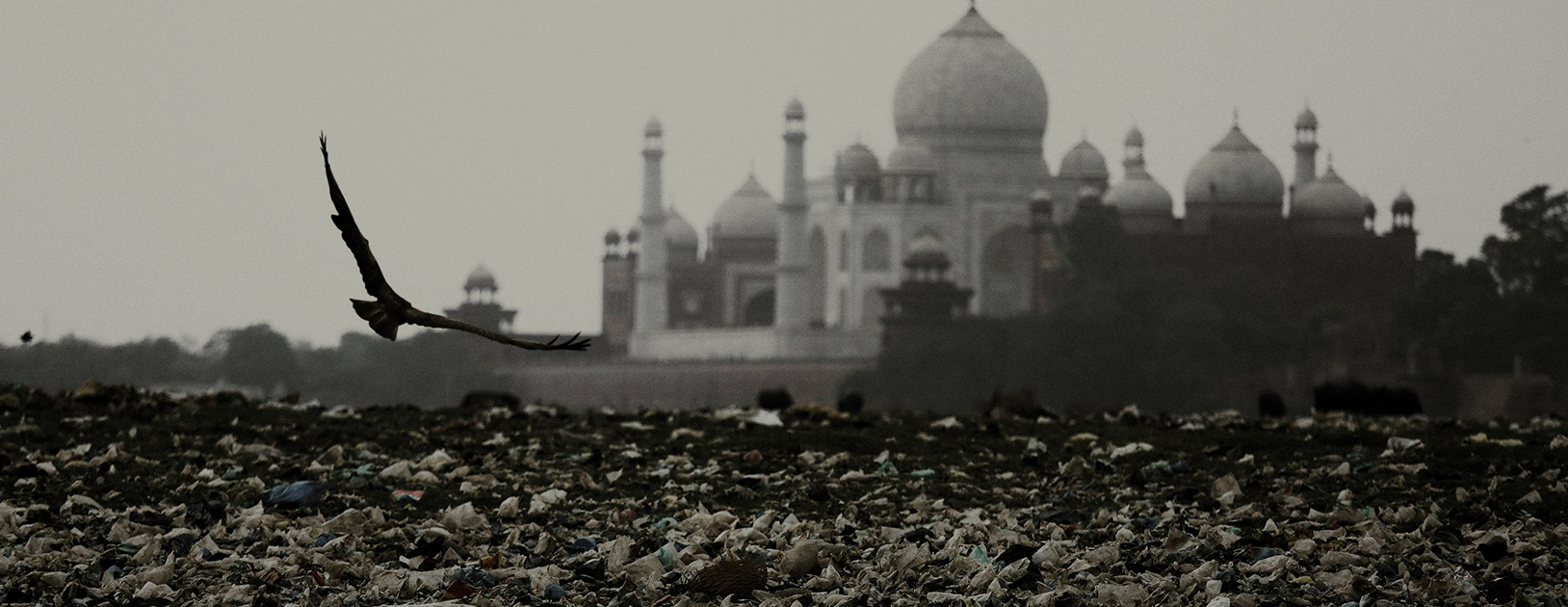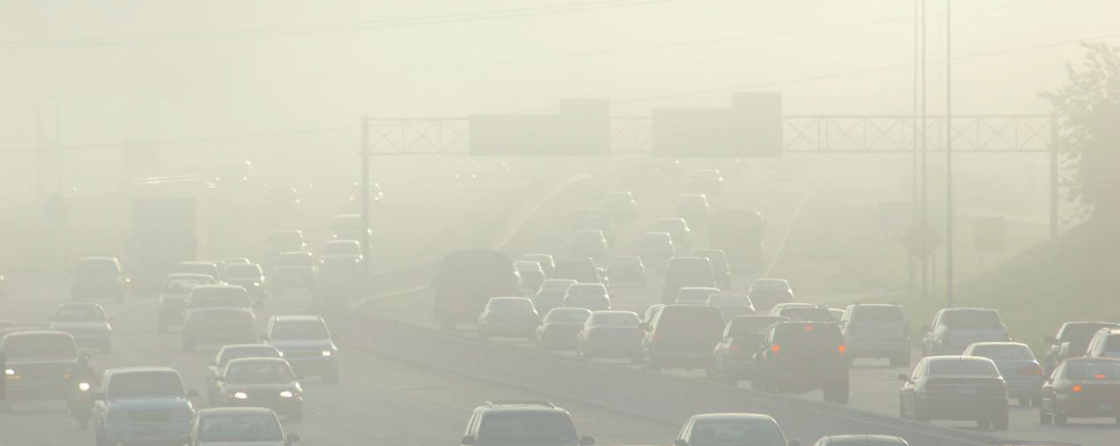India needs environmental governance

CLEARING THE AIR: NEW MONTHLY COLUMN IN THE HINDUSTAN TIMES BY NAVROZ K DUBASH
AIR POLLUTION POLITICS
In the first instalment of a monthly op-ed series in the Hindustan Times entitled Clearing the Air, Professor Navroz K Dubash argues that India must jettison the impoverished idea of an environment-development trade-off.
The government’s interim budget intriguingly included several broad environmental objectives in its Vision 2030. Included in its 10-point agenda were ease of living, a pollution-free India, and clean rivers. For the government to explicitly include environmental objectives is necessary and welcome. But in the absence of concrete measures — and there were almost none in this interim budget — simply laying out ambitious goals is far from sufficient.
It is important to understand just how dismal is the state of India’s environment. Three in five monitored rivers across the country are polluted. Much of our solid waste is unprocessed even in wealthy parts of the country — 90% in Maharashtra and 48% in Delhi. Three-quarters of India’s population lives in areas where air pollution (PM2.5, the most harmful pollutant) exceeds the Indian national standard, which itself is four times higher than the global standard. In fact, 72 of 640 districts in the northern belt have emissions more than 10 times worse than the global standard. Taken together, a recent Global Environmental Quality Performance Index ranked India 177th out of 180 countries.
This worrying situation is fundamentally one of health. Poor air, water and solid waste disposal affect the health of India’s citizens and particularly its children. For example, a WHO report suggests that 10% of the children who die before the age of five do so due to air pollution.
We have come to this sorry situation partly because of a mistaken notion that environmental quality is a luxury, and that pollution is a necessary, if unfortunate, side effect of development. Indira Gandhi’s oft-quoted line “poverty is the greatest polluter” has often been used to argue for a trade-off between poverty reduction and environmental protection, and that India should focus on the former. But as Jairam Ramesh noted in his book on Mrs Gandhi’s environmental thought, her message was nuanced: while the needs of the poor should indeed not be forgotten, they can and should be met without despoiling nature. Forty five years on, this is a nuance worth recovering.
Growing now and cleaning up later is a flawed approach for several reasons. First, and most important, the poor are the worst affected by environmental destruction. The livelihoods of farmers, fishers and forest dwellers are immediately affected by a degraded environment, and the poor are far less able to insulate themselves against dirty water and air than the rich. Pollution makes the impact of poverty worse.
Second, postponing cleaning up until we are rich is an impossible prospect: at a per capita GDP one-third of China’s, India already has more cities with chronic air pollution than China. Do we really want to be multiple times as polluted as China when we reach their GDP, let alone that of developed countries? Moreover, many of the effects of pollution are not easily reversible; ecosystems once destabilised cannot be returned to their original state.
Third, it is simplistic to think of environmental safeguards only as a drag on growth. A degraded environment itself has impacts on the economy: pollution adds to public health burdens; destroyed environments cannot provide ecosystem services such as filtering waste and buffering against storms; and degraded resources wreck the livelihoods of the poor. Moreover, as we move toward a knowledge economy, high-skilled talent will refuse to live in toxic urban environments. A despoiled environment will add to the cost of doing business.
Finally, going green can actually be a pathway to growth in a world where there is growing attention to the world’s oceans, climate and forests. The world is undergoing a renewable energy revolution, with a competitive advantage for countries best placed to seize the moment. Ideas of the circular economy — waste streams from one industrial process form inputs for another process — promise efficiency gains with both environmental and economic payoffs. Increasingly, there is more scope for growth through enhancing the environment than by devastating it.
To go beyond broad vision statements to effective action requires broader political mobilisation around demands for a healthier environment. There are pockets of mobilisation — resource dependent communities swept aside by industrial development and some urban elites beginning to prioritise environmental liveability over consumption — but these are isolated voices. Finally, sustainable growth requires smarter environmental governance. At the moment, every environmental problem is a nail waiting for the hammer of judicial or administrative enforcement. Instead we need to combine effective regulation, behavioural change and technological solutions to meet multiple social and ecological objectives. An important starting point is jettisoning the impoverished idea of an environment-development trade-off.
Navroz K Dubash is a Professor at the Centre for Policy Research. This is the first article in a monthly op-ed series in the Hindustan Times entitled ‘Clearing the Air.’ The original article, which was posted on February 6, 2019, can be found here.
Read more in the Clearing the Air series:



